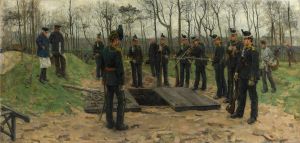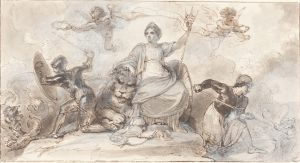
Admiralty Arch, 19th July 1919
A hand-painted replica of Sir John Lavery’s masterpiece Admiralty Arch, 19th July 1919, meticulously crafted by professional artists to capture the true essence of the original. Each piece is created with museum-quality canvas and rare mineral pigments, carefully painted by experienced artists with delicate brushstrokes and rich, layered colors to perfectly recreate the texture of the original artwork. Unlike machine-printed reproductions, this hand-painted version brings the painting to life, infused with the artist’s emotions and skill in every stroke. Whether for personal collection or home decoration, it instantly elevates the artistic atmosphere of any space.
"Admiralty Arch, 19th July 1919" is a painting by the renowned Irish artist Sir John Lavery. This artwork captures a significant historical event, the Victory Parade held in London to celebrate the end of World War I. The parade took place on July 19, 1919, and was a momentous occasion, marking the formal conclusion of the Great War with the signing of the Treaty of Versailles.
Sir John Lavery, born in 1856 in Belfast, was a prominent figure in the art world, known for his portraits and depictions of contemporary events. He was associated with the Glasgow Boys, a group of influential artists in the late 19th century, and later became a member of the Royal Academy. Lavery's work is characterized by its impressionistic style and keen attention to detail, which is evident in "Admiralty Arch, 19th July 1919."
The painting itself depicts the Admiralty Arch, a ceremonial gateway in London that serves as a passage from Trafalgar Square to The Mall, leading to Buckingham Palace. The arch was commissioned by King Edward VII in memory of his mother, Queen Victoria, and was completed in 1912. It has since been a significant landmark in London, often associated with state occasions and public celebrations.
In Lavery's painting, the Admiralty Arch is adorned with flags and banners, capturing the festive atmosphere of the Victory Parade. The artwork is notable for its vibrant colors and dynamic composition, which convey the excitement and jubilation of the crowds gathered to witness the event. The painting includes various elements such as soldiers, civilians, and dignitaries, reflecting the diverse participants in the parade.
The Victory Parade of 1919 was a grand spectacle, featuring military personnel from the Allied nations, including the British Empire, France, the United States, and others. It was an opportunity for the public to express their gratitude and relief at the end of the war, as well as to honor those who had served and sacrificed. The parade route passed through several iconic locations in London, with Admiralty Arch serving as a key point along the way.
Lavery's depiction of this event is not only a historical record but also an artistic interpretation that captures the spirit of the time. His ability to convey the mood and significance of the occasion has made this painting an important piece in the study of post-war art and history. The artwork is part of Lavery's broader body of work that includes portraits of notable figures and scenes from significant historical events, further cementing his legacy as a painter of his era.
"Admiralty Arch, 19th July 1919" remains a testament to Lavery's skill and his ability to document pivotal moments in history through his art. The painting continues to be appreciated for its historical significance and artistic merit, offering viewers a glimpse into a defining moment in the aftermath of World War I.





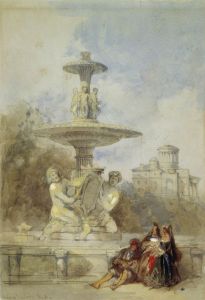

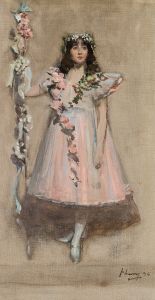

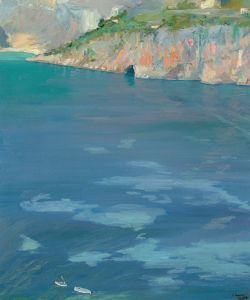

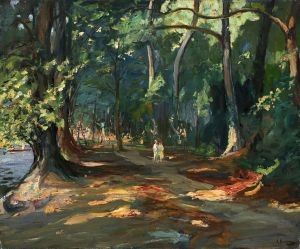



![[Designs for roadhouse or terrace restaurant.] [Scheme [B] with a T-plan, 5- bays, with painted tulips in the pediments.](/imgs/249264/s/winold-reiss-designs-for-roadhouse-or-terrace-restaurant-scheme-b-with-a-tplan-5-bays-with-painted-tulips-in-the-pediments-ad771334.jpg)
![Drawings for proposed decorations of Mike Lyman’s Restaurant, 424 W. Sixth St. Los Angeles, CA.] [Scheme 1; elevation – K – showing bar](/imgs/249336/s/winold-reiss-drawings-for-proposed-decorations-of-mike-lymans-restaurant-424-w-sixth-st-los-angeles-ca-scheme-1-elevation-k-showing-bar-6d934644.jpg)
